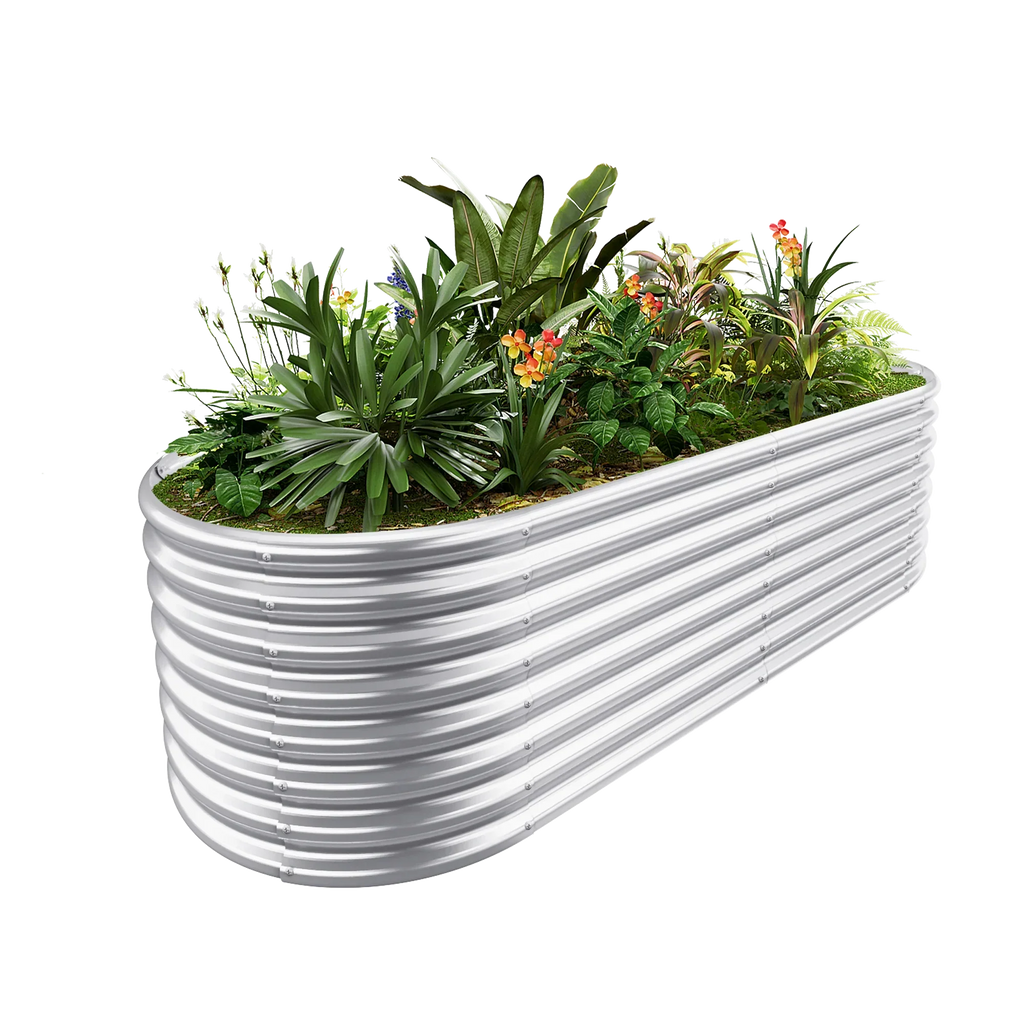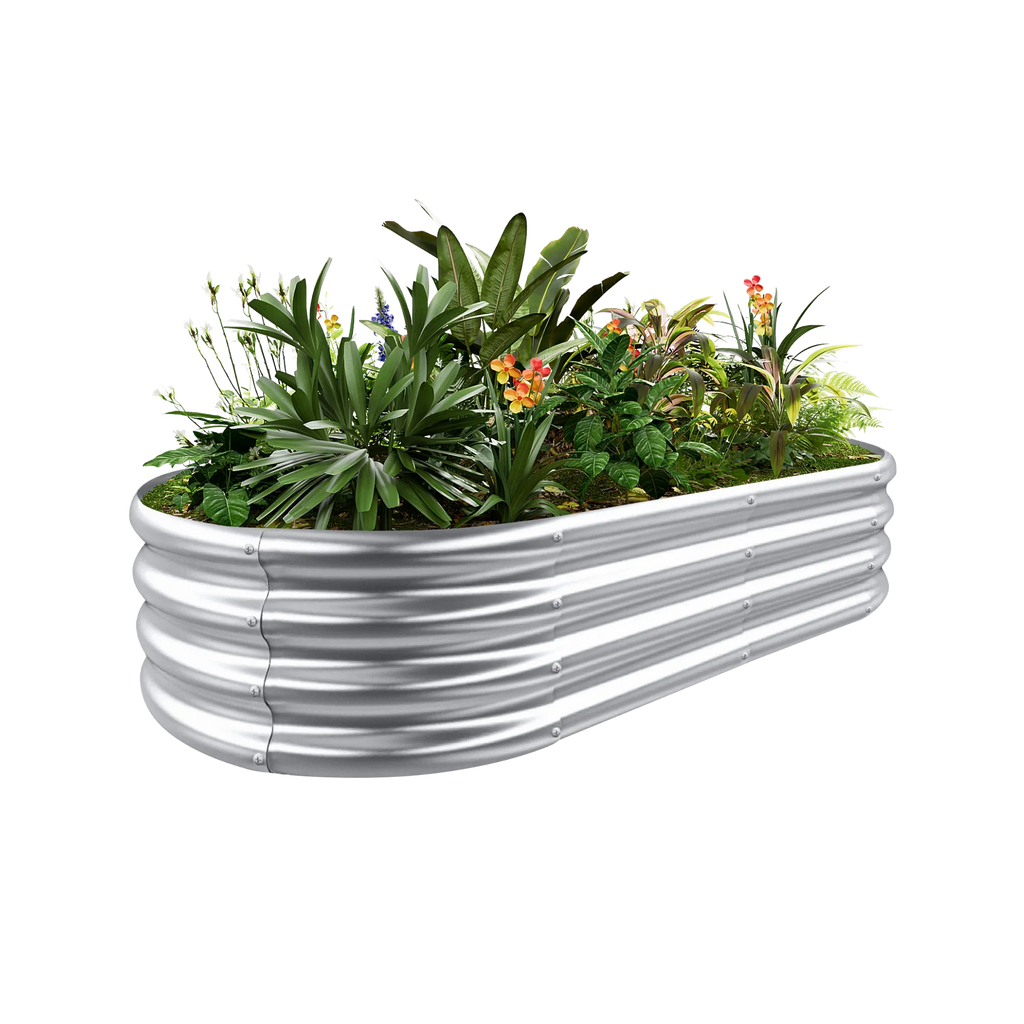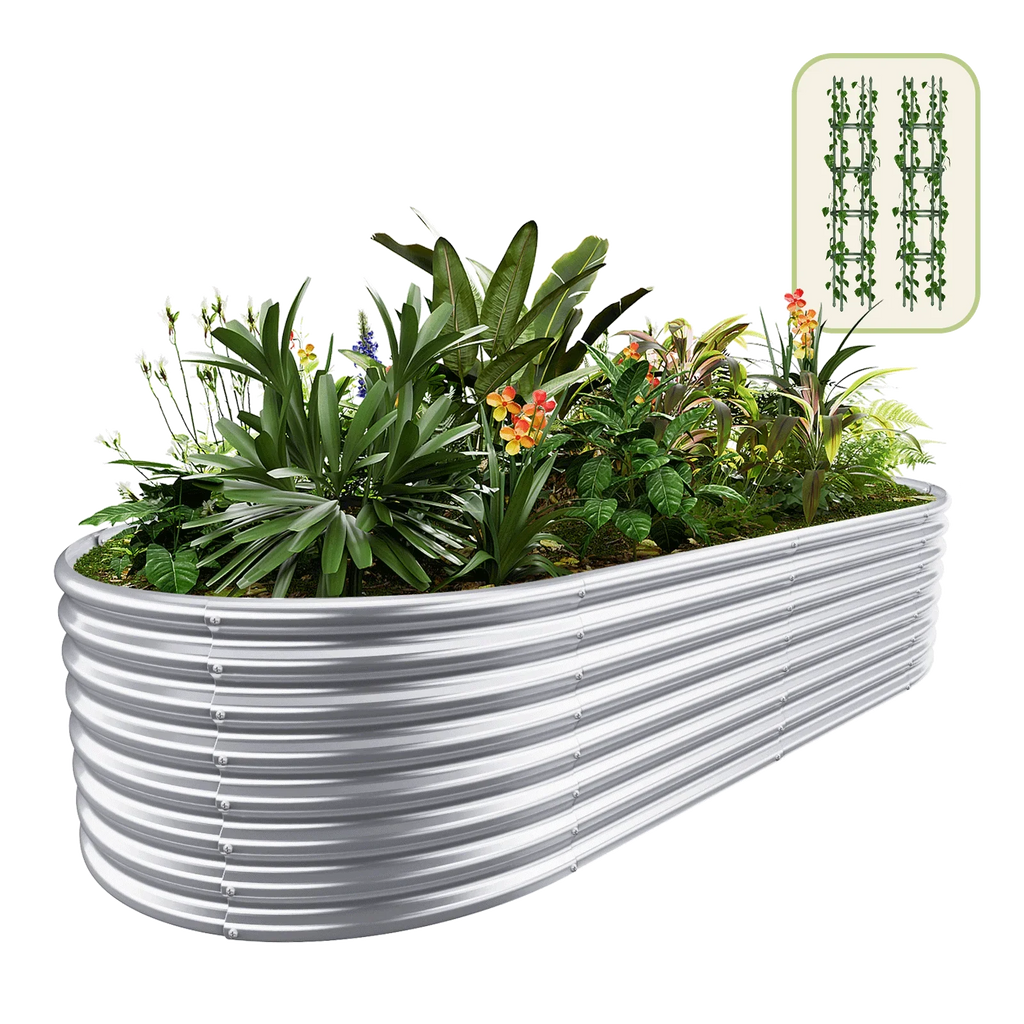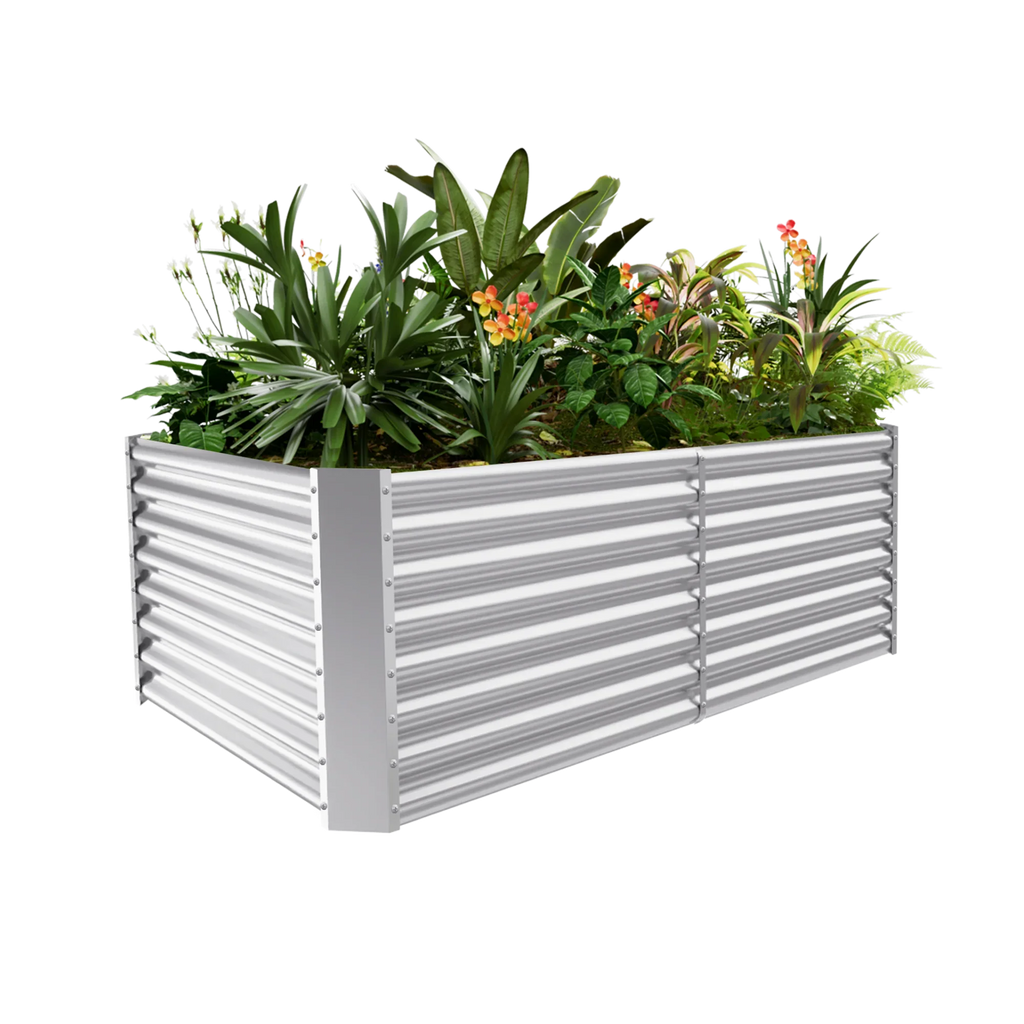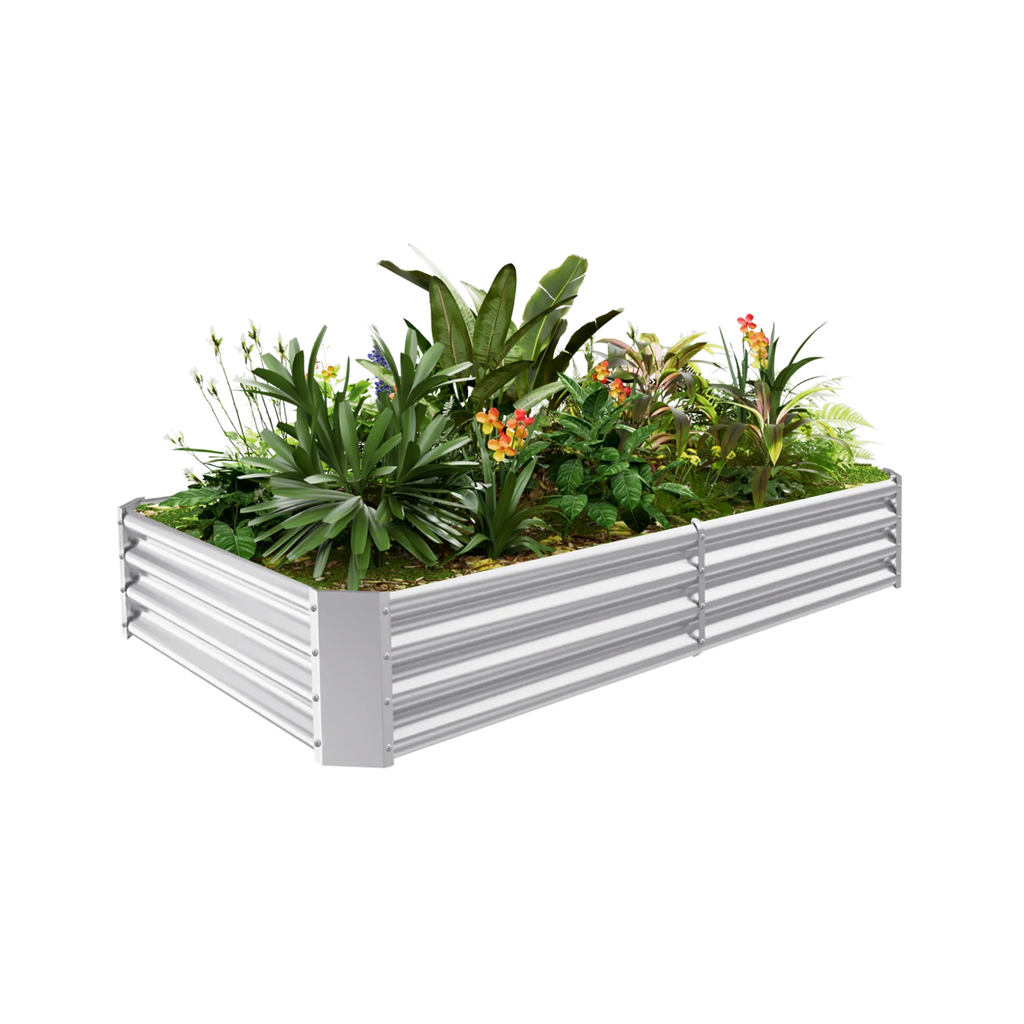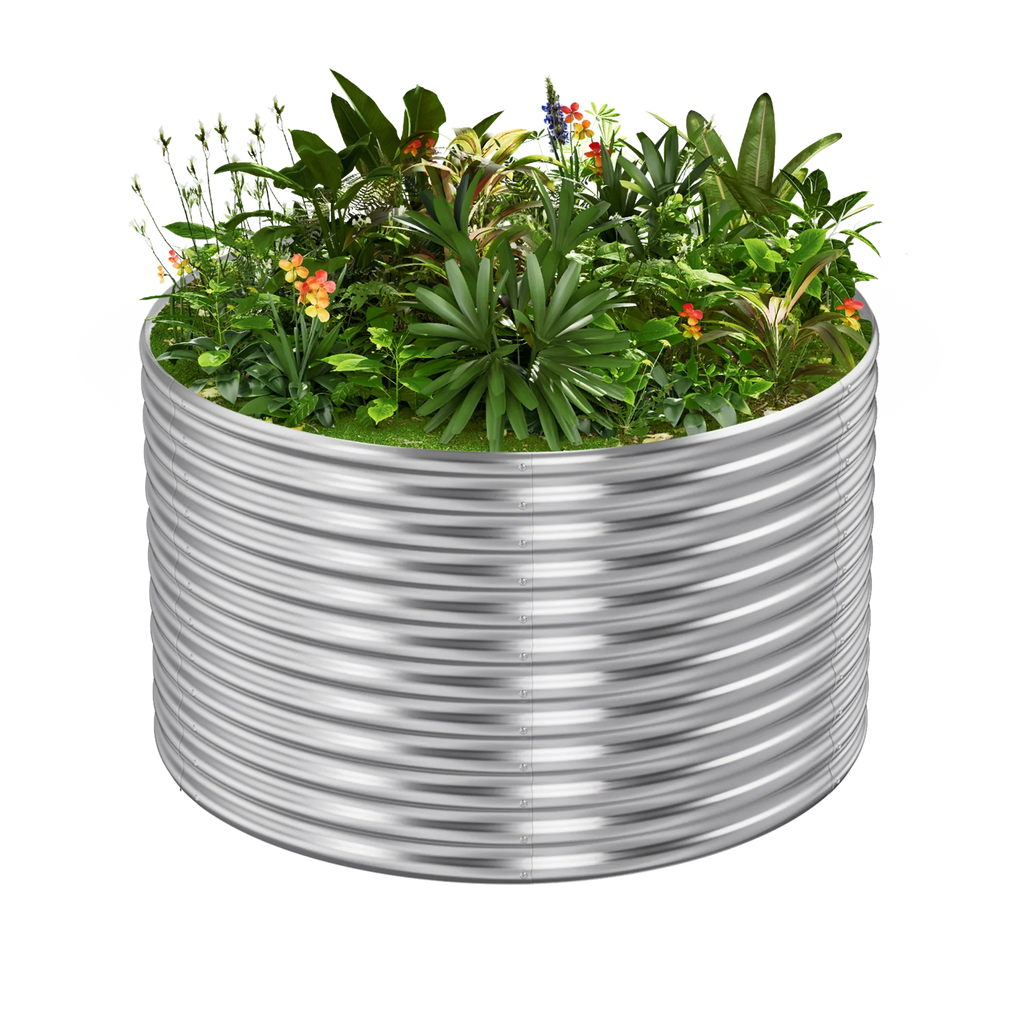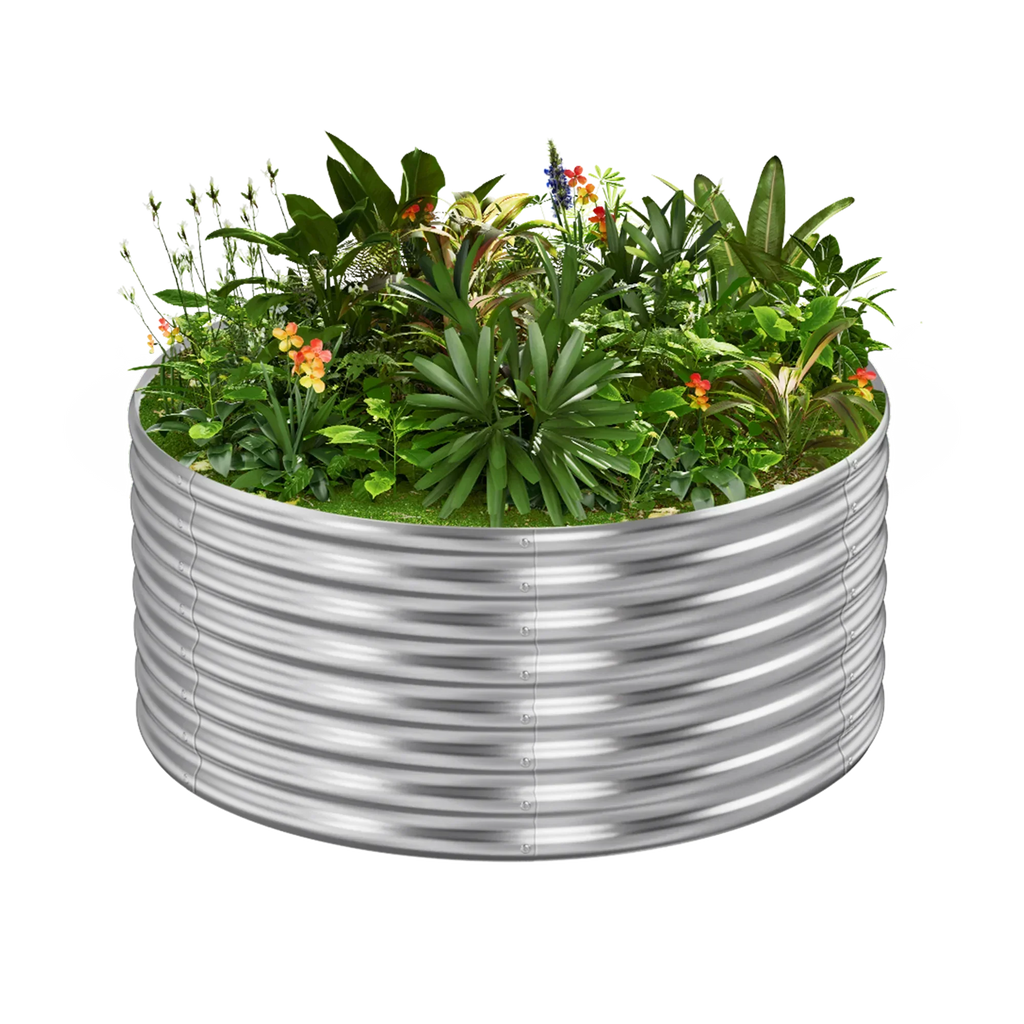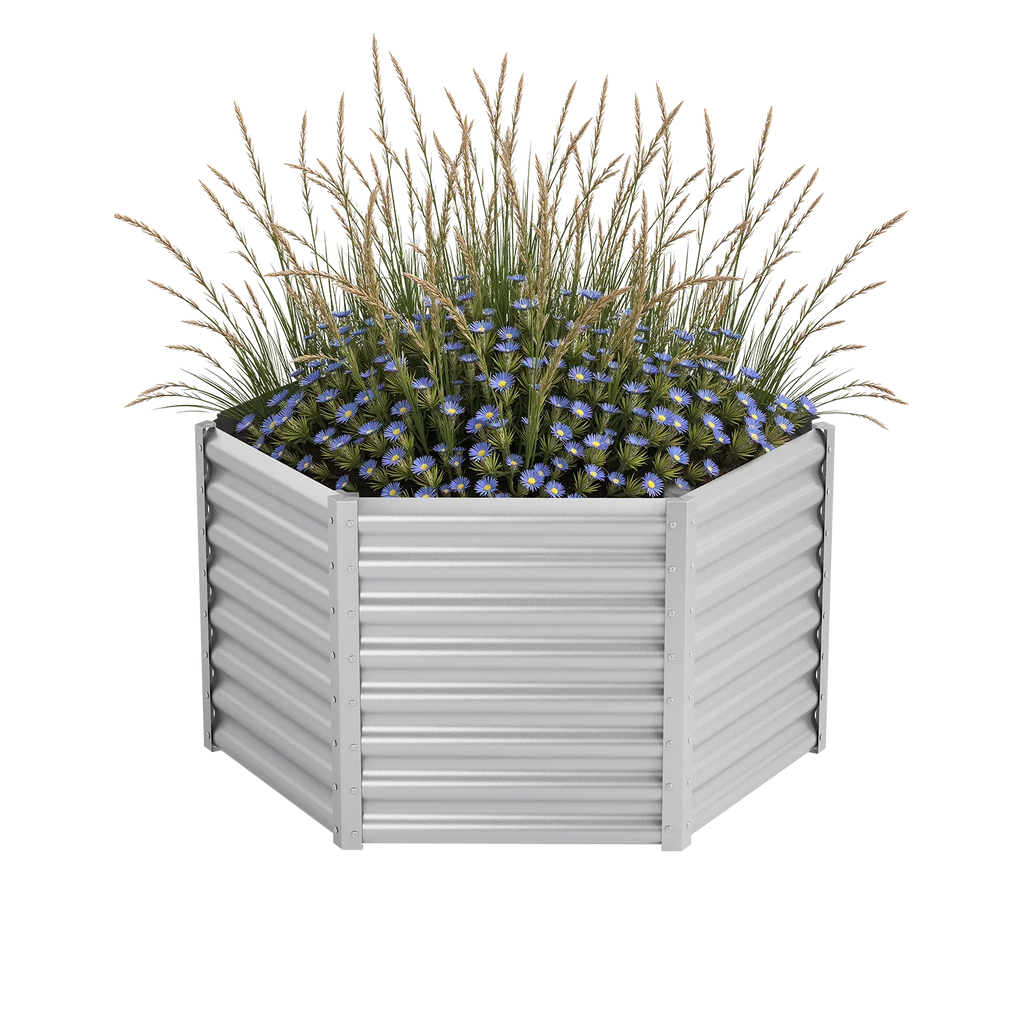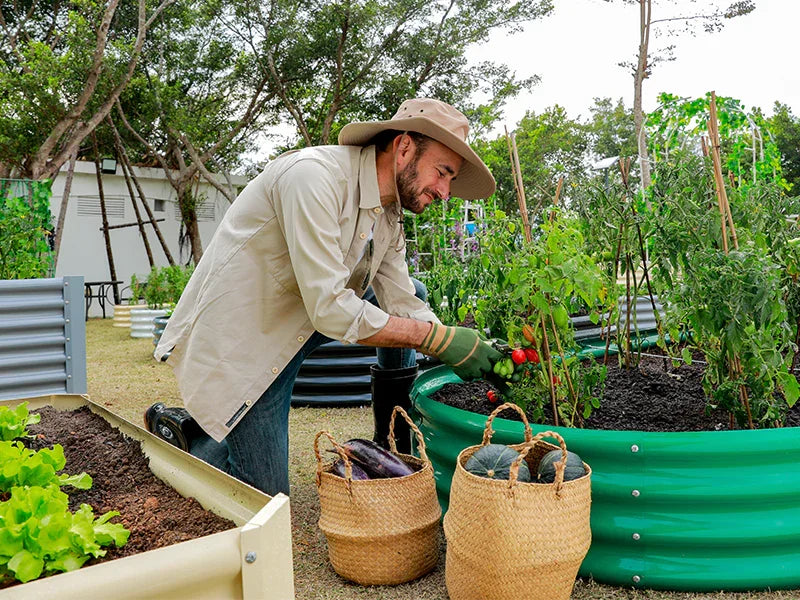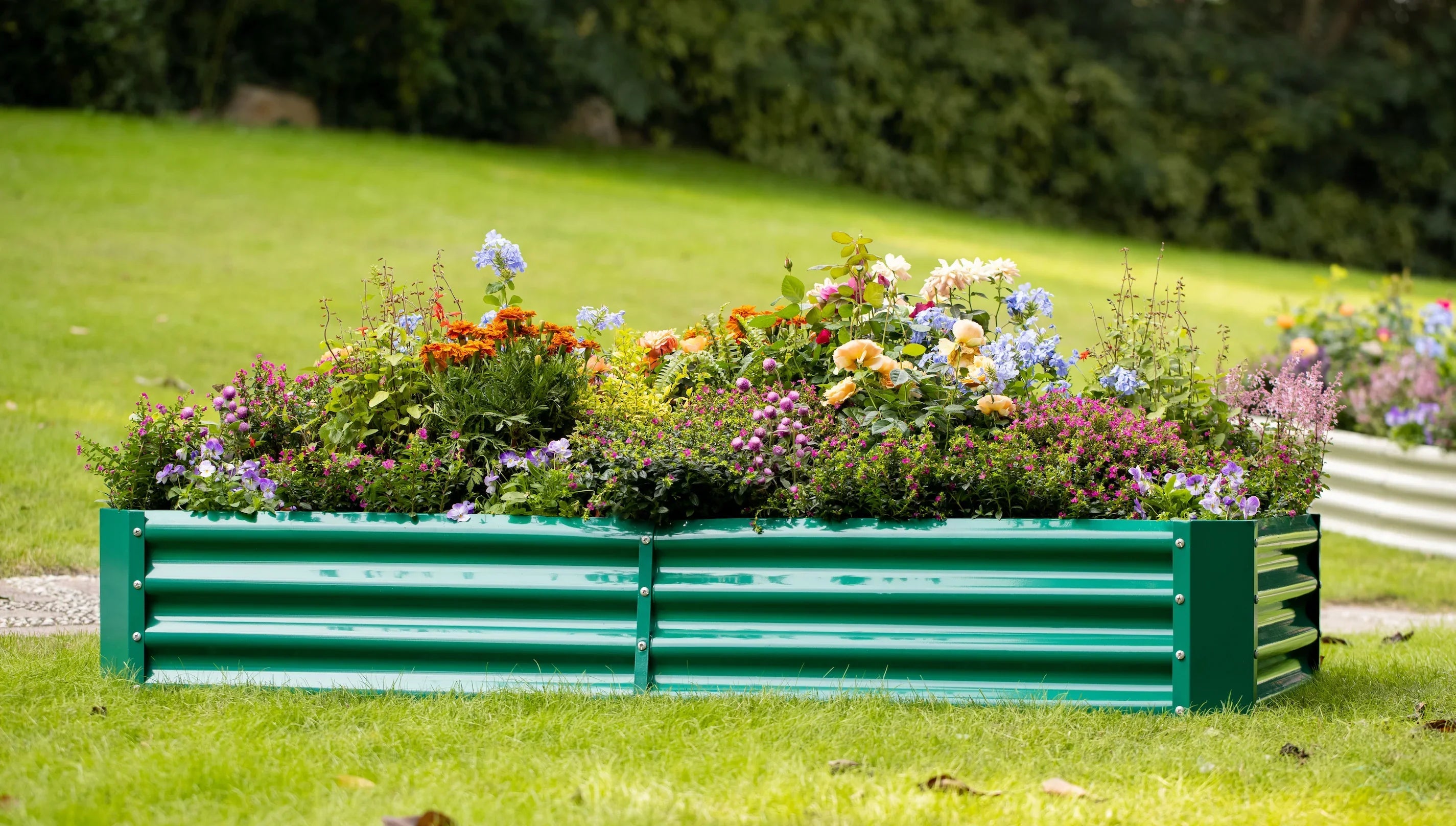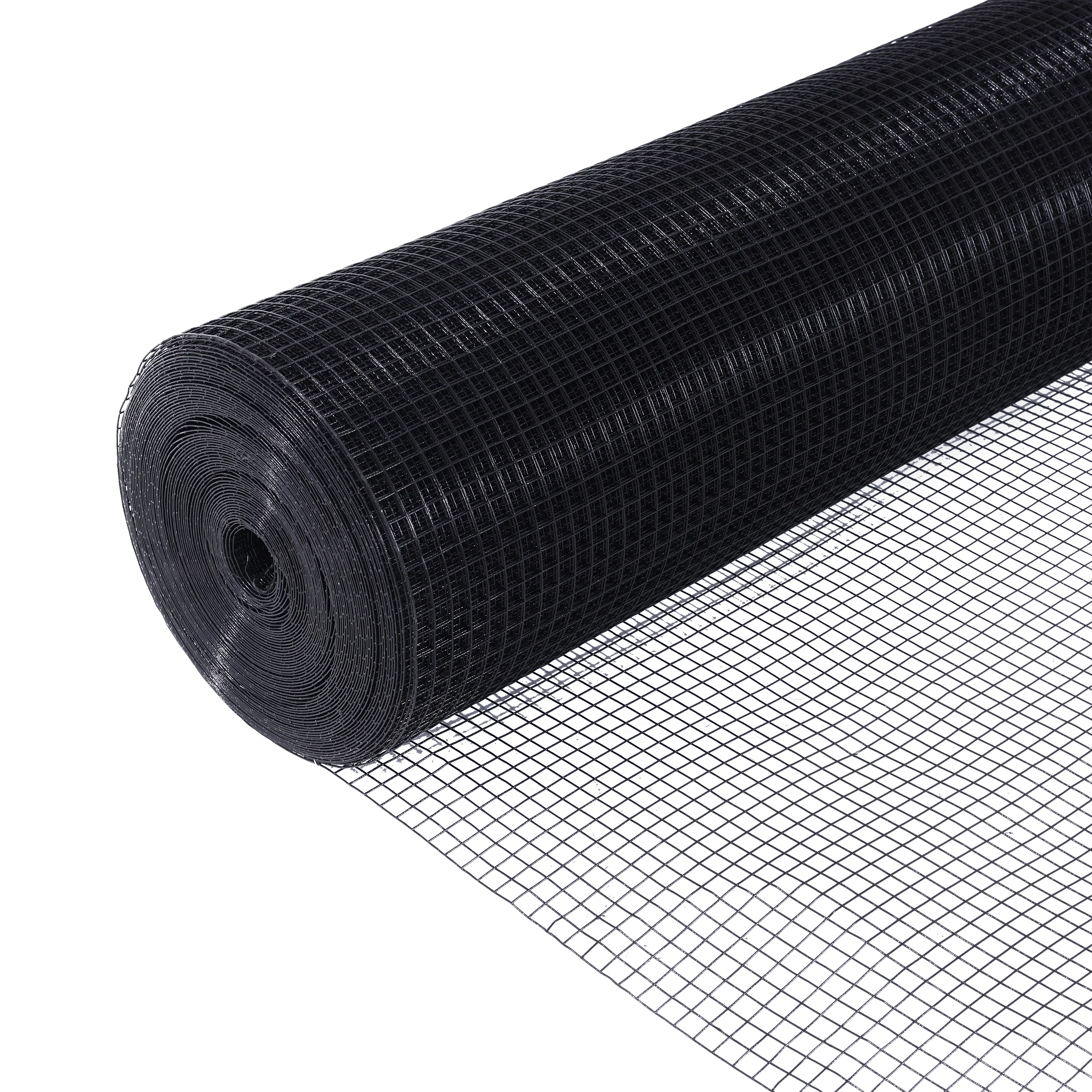Tomatoes are a gardener’s delight, and growing them at home can be a deeply satisfying experience. For those looking to maximize their success, raised garden beds are a game-changer. They offer better soil control, improved drainage, and easier maintenance, making them a fantastic choice for growing healthy, juicy tomatoes. Whether you’re new to gardening or a seasoned pro, this guide walks you through the entire lifecycle of tomato growing—from picking the perfect seeds to enjoying your harvest. Let’s dive in and get your tomato garden thriving!

Picking the Perfect Tomato Variety
Your tomato-growing journey starts with choosing the right variety. Determinate tomatoes, like Roma or San Marzano, grow to a set height and ripen all at once—great if you’re planning to make sauces or preserves. On the other hand, indeterminate tomatoes, such as Beefsteak or Brandywine, keep growing and producing fruit all season long, perfect for fresh salads or sandwiches. If your raised garden bed is on the smaller side, try cherry tomatoes like Sweet 100—they’re compact and prolific. Think about your climate, how much space you’ve got, and what you’ll use the tomatoes for when making your pick.
Setting Up Your Raised Garden Bed
A well-prepped raised garden bed sets the stage for success. Place it where it’ll get at least 6-8 hours of sunlight a day—tomatoes love the sun! Fill it with a rich, well-draining mix of garden soil and compost, aiming for a pH between 6.0 and 6.8 (a simple soil test kit can help). One perk of raised beds is they warm up faster in spring, giving your plants a head start. Make sure the soil is loose and crumbly, and if your bed’s deep, toss in some organic matter like dried leaves or grass clippings at the bottom for extra drainage and nutrients.
Planting Your Tomatoes
You’ve got two options: start from seeds or grab some seedlings from a nursery. If you go with seeds, sow them indoors about 6-8 weeks before your area’s last frost date. Once the weather’s warm (soil above 60°F or 15°C), it’s time to plant. Dig deep holes in your raised garden bed and bury the seedlings up to their first set of leaves—this helps them grow strong roots. Space them 18-24 inches apart so they’ve got room to breathe and won’t compete for light or nutrients. Water them in well to settle the soil.
Keeping Your Tomatoes Happy
Tomatoes need a little TLC to flourish in raised beds. Watering is key—give them 1-2 inches a week, keeping the soil consistently moist but not soggy. A soaker hose or drip system works wonders, keeping water at the roots and leaves dry. Spread mulch (straw or wood chips) around the plants to lock in moisture and keep weeds at bay. Fertilize every couple of weeks with a balanced mix like 10-10-10, then switch to something higher in phosphorus (like 5-10-10) when flowers appear to encourage fruit. Support taller plants with stakes or cages, and for indeterminate types, pinch off those little suckers between the stem and branches to boost airflow and fruit production.
Tackling Pests and Problems
Tomatoes can attract some unwanted guests—think aphids, hornworms, or whiteflies—and diseases like blight or blossom-end rot. Check your plants often for chewed leaves or funky spots. For pests, try neem oil or just pick off the big ones by hand (hornworms are easy to spot!). To dodge diseases, keep the foliage dry, ensure good spacing, and don’t plant tomatoes in the same spot year after year. If you see blossom-end rot (those dark spots on the fruit), it’s usually a calcium issue—steady watering and a soil check can fix it.
Harvest Time and Beyond
When your tomatoes turn their ripe color—red, yellow, or whatever shade your variety promises—and feel slightly firm, they’re ready to pick. Twist them off gently to keep the plant happy. Got green ones left when frost looms? Pluck them and ripen them indoors in a paper bag with an apple. After the season’s done, clear out the raised garden bed, tossing old plants to avoid pest carryover. Plant a cover crop like clover to recharge the soil for next year.
Wrapping It Up
Growing tomatoes in raised garden beds is a practical, rewarding way to bring fresh flavors to your table. With the right variety, a solid setup, and steady care, you’ll be amazed at what you can grow. So grab your gardening gloves, start planning, and enjoy the taste of homegrown tomatoes all season long!






